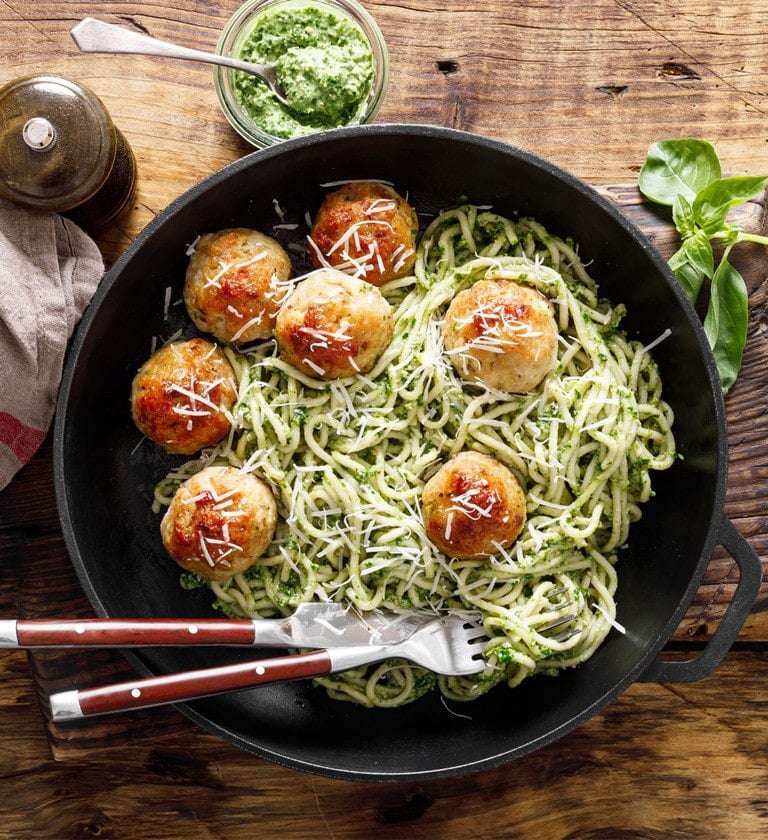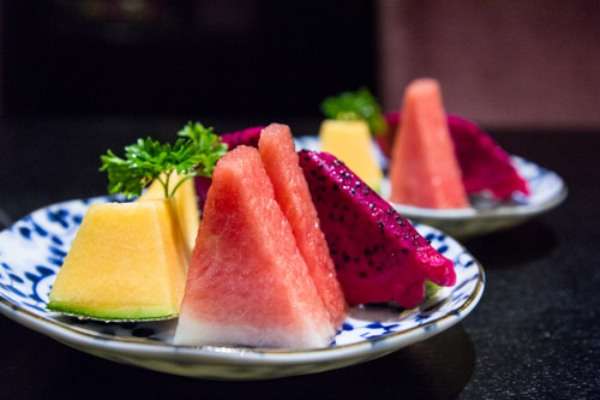Japanese Diet Tips For A Healthy And Gorgeous You https://georgetownsuncryo.com/
[current_date]

1. Eat with your eyes
There’s a proverb in Japan that literally translates as “Not dressing up the meal with color is like sending someone out of the house without clothes.” Traditional Japanese meals use food items that are red, green, yellow, white, and black in color to give the food an aesthetic appeal and reflect the nature of the seasons. Compare a platter of sushi or a bento box to a hamburger and fries (although the latter is perceived as delicious and can be wolfed down) the former is a work of art that has to be appreciated like art. Go slow, take small bites, and relish every flavor.
2. Smaller portions

Break down your meal into smaller portions, this way you can enjoy a greater variety of foods.
Scientists at the University Of Illinois found that people tend to eat up to 45% more when they are served bigger portions. They filled their plates according to their size. So the bigger the plate, the larger the portion size.
3. Fill your stomach up to only 80%

Or Hara hachi bunme as it is said in Japanese. The idea is to reinforce the eating of smaller portions. We have been raised to eat until we are absolutely full so that we don’t feel hungry later. However, it’s better to not stuff ourselves and only eat until we feel adequately full.
Yes, you will feel hungry after a few hours but that’s ok. It means lesser pressure on the intestines and slowing down of the aging process of cells which can help to prevent cancer, heart attacks, and diabetes.
4. Light dinner or supper

Following the 80% rule discussed above, a light dinner puts less pressure on your intestines and allows you to digest your food in your sleep. Heavy meals can sometimes make you wake up feeling full in the morning and this upsets your routine when you skip breakfast.
5. Rice is nice

Rice is a low-fat complex carbohydrate that helps fill you up on lower calories (a small bowl of rice has lesser calories than two slices of bread) This will not keep you hungry and craving snacks right after your meal.
6. Eat more than 5 types of vegetables a day

Preferably of different colors if you are like a Japanese lady who has OCD.
The Japanese incorporate about 4-5 types of vegetables in each meal which make up the major bulk. They are sometimes eaten raw as a salad or cooked in a broth which enhances its flavors. Stir-fried vegetables taste delicious but sadly their nutrients are gone.
Warning! Avoid salad dressings that contain mayonnaise, opt for yogurt-based dressings or vinaigrettes and lemon juice.
Proteins are harder to digest when they are eaten first and everything else eaten after would take time making you feel bloated. Raw vegetables contain a digestive enzyme that helps break down proteins.
7. Fermented foods

Fermented foods such as Yoghurt, dahi, Miso (fermented soybean paste), and Tofu control high blood sugar levels. They support and strengthen the immune and digestive systems, preventing diseases such as cancer.
Try to make fermented foods a part of your meal or consume them after you are done eating. A small bowl of dahi after an Indian meal works equally well.
8. Soy Products

When consumed in moderation, soy products like Tofu and Edamame beans which are rich in protein are a good vegetarian alternative for red meat as they have little or no saturated fat.
Recently, research has proven cow’s milk is not fit for human consumption as it causes the body to produce mucous. Healthier options are soy milk and almond milk. Soy milk contains vitamin B1, B2, B6, and E which helps to rejuvenate the skin and prevent acne breakouts.
9. Fresh Seasonal Fruit

Desserts in Japan are usually beautifully decorated plates with sliced fresh fruit of the season. Like vegetables, a variety of fruits should be eaten.
10. Tea is key

Green tea is low in calories and caffeine which makes it an excellent alternative to coffee and other creamy beverages. It aids digestion and the anti-oxidants it contains help to clear the system of any toxins.
11. Indulge in moderation

The Japanese diet seems to be very strict and you might think it’s a routine for skinny supermodels, but there is always room to indulge. The Japanese love Western sweets and dark chocolate but if you notice, they are very small.
